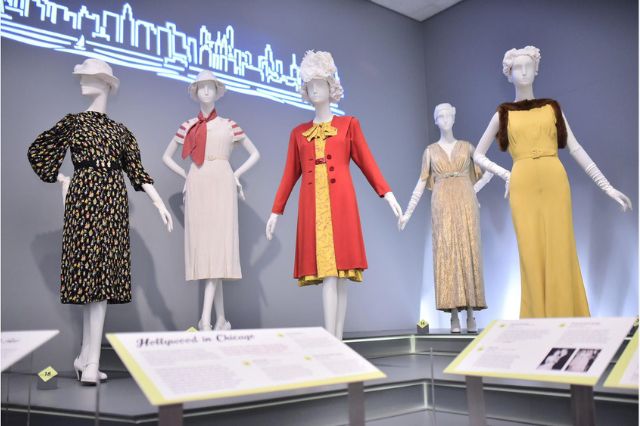From the very first fabric draped around our ancestors to the expansive digital marketplaces like Hellspin, where one can indulge in games one moment and explore the latest fashion trends the next, our relationship with clothing has been ever-evolving. Clothes, which began as fundamental shields against the elements, have transformed into powerful symbols of identity, status, and expression.
As we stand today, poised between the rich history of fashion and its promising future, let’s embark on a captivating journey through the tapestry of clothing, discovering how and why these transformations occurred.
A Humble Beginning
Clothes started out simple. Think of animal skins and plant leaves wrapped around the body and held together with bones or thorns. In addition to skins, various animal parts could be used to create clothing. For example, tendons could be used for lacing or sewing. The main purpose of clothing was protection from cold, heat, rain and even insects. Our ancestors needed to survive, and these rudimentary clothes served exactly that purpose.
Civilizations and Clothing
As people grouped together and civilizations blossomed, clothing became more than just protection. Clothing choices throughout history have been influenced by geography, climate, available materials, technology and social values. It became a reflection of status, profession and tribe. The Egyptians in white linen, the Greeks in tunics and the Romans in togas all had different styles. In these ancient societies, what you wore could say a lot about who you were.
Middle Ages to the Renaissance
Medieval fashion changed over time and differed in different regions and periods. The style and design of clothing could also be influenced by cultural and historical events. Fast forward a bit, and we find ourselves amidst intricate dresses, heavy brocades, and voluminous skirts. The clothing during these times was elaborate, and it catered to the elite. Sumptuary laws were even in place in certain areas, dictating who could wear what, and ensuring that the social order was maintained.
The Industrial Revolution’s Impact
The Industrial Revolution, which began in the late 18th century and continued into the 19th century, had a profound impact on the clothing and textile industries.
With the advent of machines on the scene, mass production of clothing began. Fashion, which was once the preserve of the elite, has become accessible to more people. Ready-to-wear found its market, and cities like Paris began to be recognized as the fashion capitals of the world.
At the end of the 19th century, the Industrial Revolution could be said to have changed textiles and clothing and made it more accessible by introducing standard sizes and also accelerating changes in fashion. This also had social and labor consequences as the fashion industry adapted to new production methods.
20th Century: Era of Change
This century saw waves of change. From the flapper dresses of the 1920s, the elegant 1950s, the hippie 1970s, to the grunge of the 1990s, every decade had a signature style. With the rise of media, celebrities became fashion icons. People worldwide would watch Hollywood stars on silver screens and wanted to emulate their style.
Modern-Day Fashion
Fast fashion is the word of the day. Brands launch multiple collections annually, and with the aid of the internet, trends spread like wildfire. Online shopping platforms, which started as a gaming website, have expanded their offerings, tapping into the vast world of fashion retail, showcasing the fusion of tech and fashion.
Yet, as exciting as the fast fashion phenomenon is, it’s essential to remember its environmental implications. Mountains of discarded clothes end up in landfills each year, presenting challenges that need addressing.
Sustainable Fashion: The Future?
The modern consumer is becoming more conscious. Organic fabrics, ethical manufacturing, and sustainable practices are gaining traction. Slow fashion is on the rise, with people choosing quality over quantity, a promising sign for the planet.
Fashion as Expression
Beyond the fabrics and stitches, fashion is deeply personal. It’s an art form, a means of self-expression, a reflection of society. Our clothes tell stories, of our personal journeys, our communities, our times.
Conclusion
From mere protection against elements to a platform of self-expression, fashion has come a long way. As we stand on the threshold of an era that promises innovations like AI-driven designs and eco-friendly fabrics, one can’t help but be excited about the future. But as we look forward, let’s also remember the lessons from our past and ensure that fashion, in its essence, remains inclusive, expressive, and responsible.






